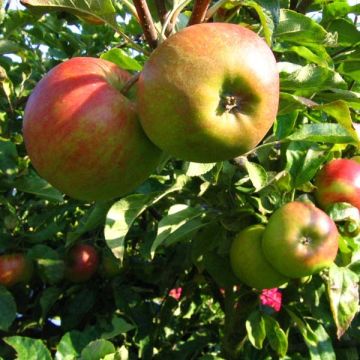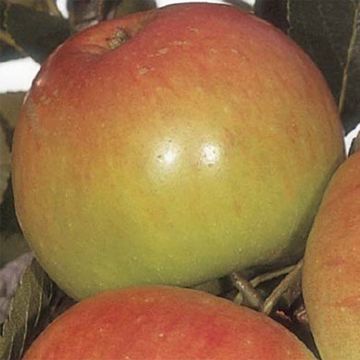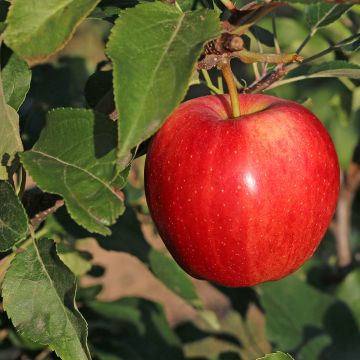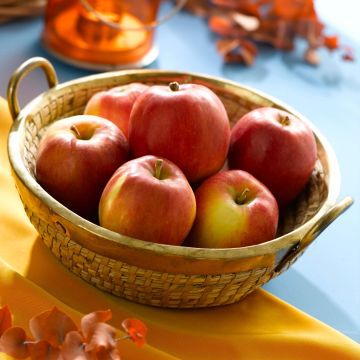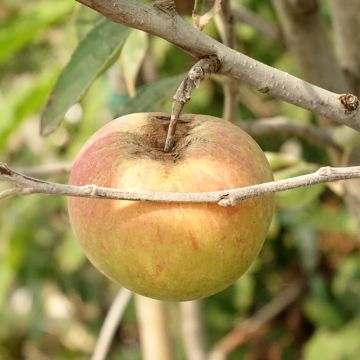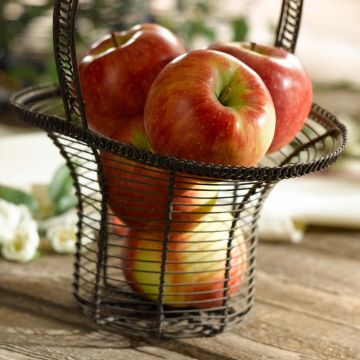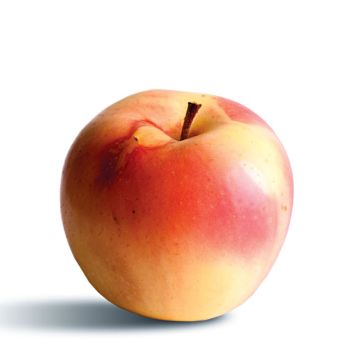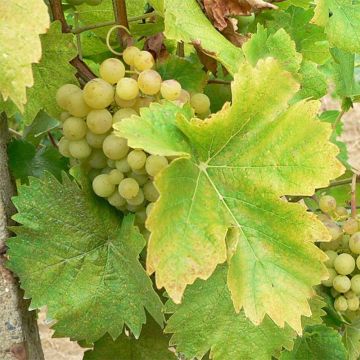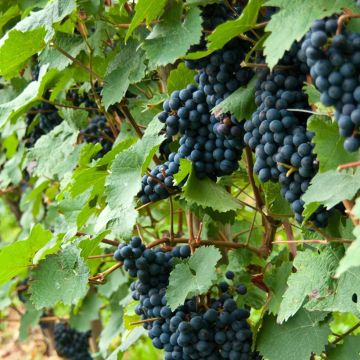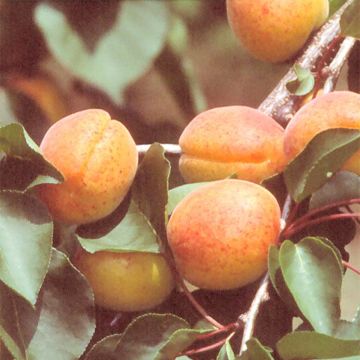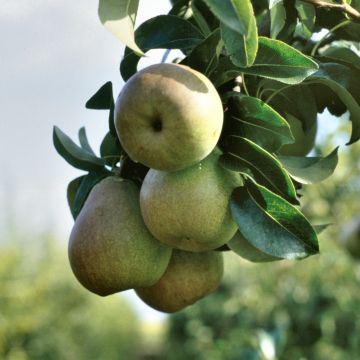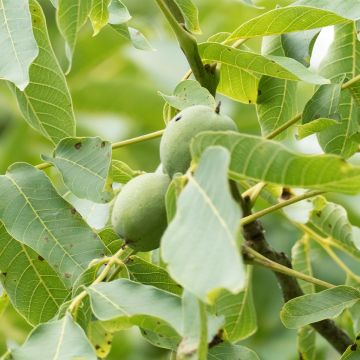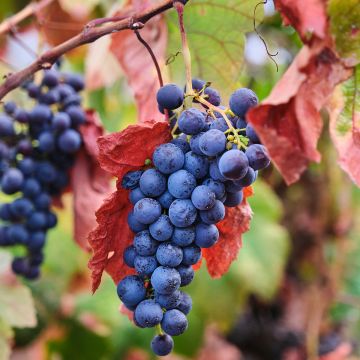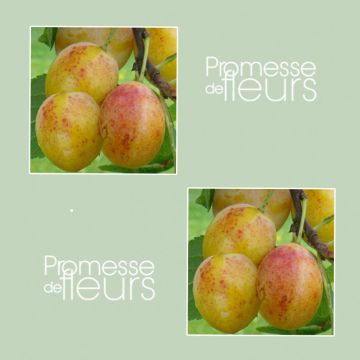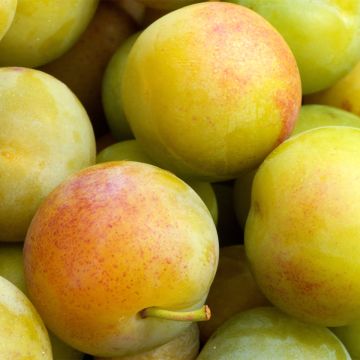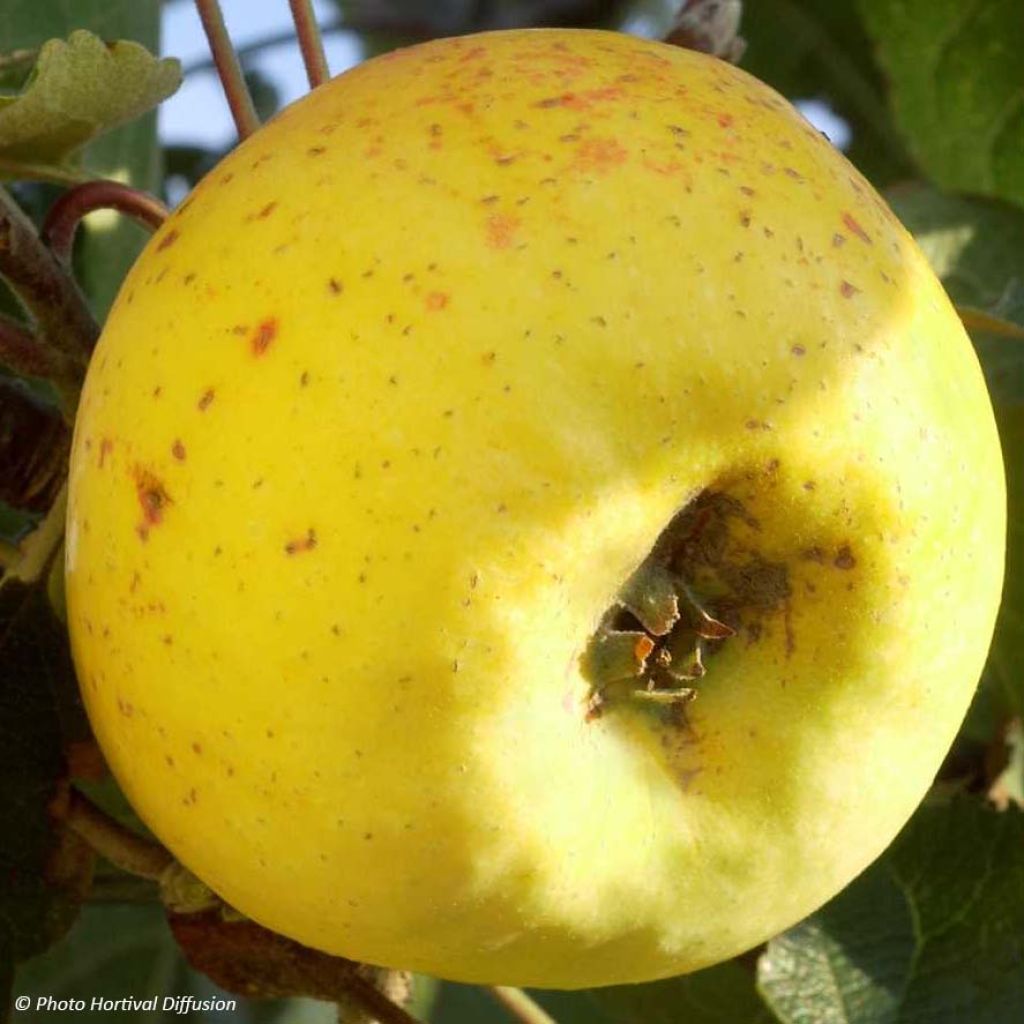

Apple Tree Transparente de Croncels - Malus domestica
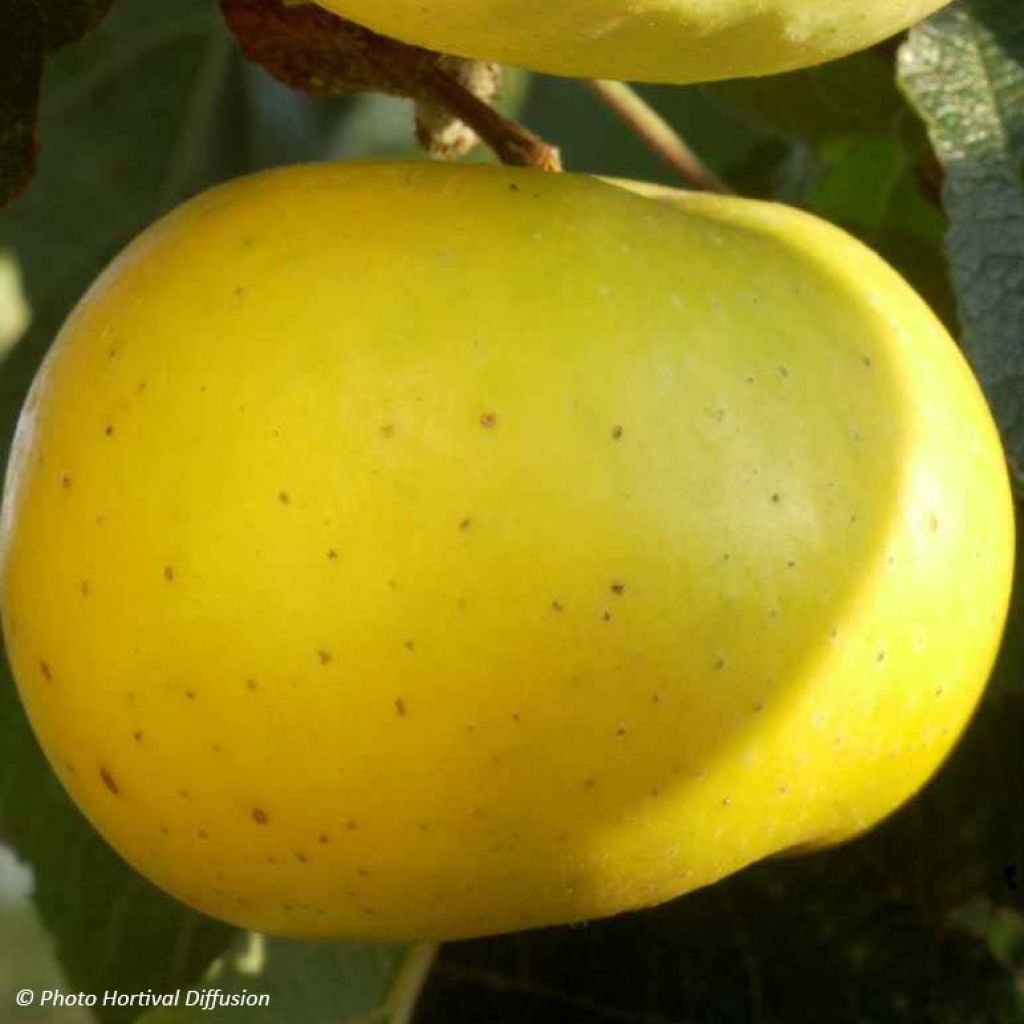

Apple Tree Transparente de Croncels - Malus domestica
Apple Tree Transparente de Croncels - Malus domestica
Malus domestica Transparente de Croncels
Apple, Orchard apple, Table apple, Cultivated apple
This item cannot be shipped to the selected country
Oversize package delivery charge from €6.90
Delivery to Corse prohibited
More information
Oversize package delivery charge from €6.90
Delivery to Corse prohibited
More information
Schedule delivery date,
and select date in basket
This plant carries a 6 months recovery warranty
More information
We guarantee the quality of our plants for a full growing cycle, and will replace at our expense any plant that fails to recover under normal climatic and planting conditions.
Oversize package: home delivery by special carrier from €6.90 per order..
Express home delivery from €8.90.
Delivery to Corse prohibited: UE law prohibits the import of this plant from mainland France to Corse as part of the fight against Xylella fastidiosa. Please accept our sincere apologies.
More information
Description
The Transparente de Croncels apple (also known as the Pomme de Croncels or Glasapfel) is an ancient variety of apple tree that is vigorous and offers early, abundant, and regular production. Its large fruits are harvested from late August to early October. The smooth, light yellow skin encloses a yellowish, tender, juicy flesh that has a very fine, sweet, and slightly acidic taste.
As excellent for eating as for cooking, it unfortunately does not store well but compensates for this with excellent taste quality: it makes very good apple sauce and jelly.
The hardy Transparente de Croncels apple can withstand temperatures as low as -25°C (-13°F) and blooms in April. It is not a self-fertile variety, so it should be planted near apple trees that bloom at the same time, such as 'Cox orange' or 'Reine des Reinettes', to ensure pollination.
The apple tree (Malus domestica) is a fruit tree that belongs to the Rosaceae family. It is grown almost everywhere in the world and includes countless varieties, both ancient and modern, that produce apples of varying sizes and flavours, ranging from sweet to tart.
Apple trees are native to Europe where their presence has been documented since ancient times. They are hardy, sometimes even down to -30°C (-22°F) for the most resistant varieties.
The domestic apple tree does not exceed ten metres in height and width. This can be even smaller depending on the vigour of the rootstock used. This fruit tree generally has a high trunk that naturally spreads out. It comes in various forms (goblet, half-standard, standard, etc.) and can be trained in many ways (columnar, cordons, espaliers, etc.).
Apple leaves are deciduous and arranged alternately on the branches. They are ovate and toothed. They have a dark green upper surface and a whitish, slightly fuzzy lower surface.
In spring, the apple tree bears white or pale pink flowers grouped in corymbs. Apple flowers are composed of 5 petals surrounding a core of about 20 stamens. They give rise to fleshy, rounded fruits (drupe-like from a botanical point of view) filled with seeds. Their colour, size, flavour, and storage duration vary depending on the variety.
Apple trees are rarely self-fertile and require the presence of other apple trees blooming at the same time and in close proximity to bear fruit.
Apple trees can be grown in all climates, but they thrive in temperate and rather humid regions. They prefer full sun and reasonably moist and fertile soil. They are traditionally grown in orchards but can also be planted individually or even as hedges.
Apple trees are easy fruit trees that require at least some thinning pruning. Proper fruiting pruning will prevent alternate bearing (fruiting every other year). An annual or biennial application of well-decomposed compost also promotes apple tree productivity.
Apples are harvested in late summer and autumn and can sometimes be stored for a long period in a cellar and consumed until early spring. Apples can be used in numerous culinary preparations (apple sauce, pies, jellies) but can also be used to make apple juice or cider.
Apple Tree Transparente de Croncels - Malus domestica in pictures
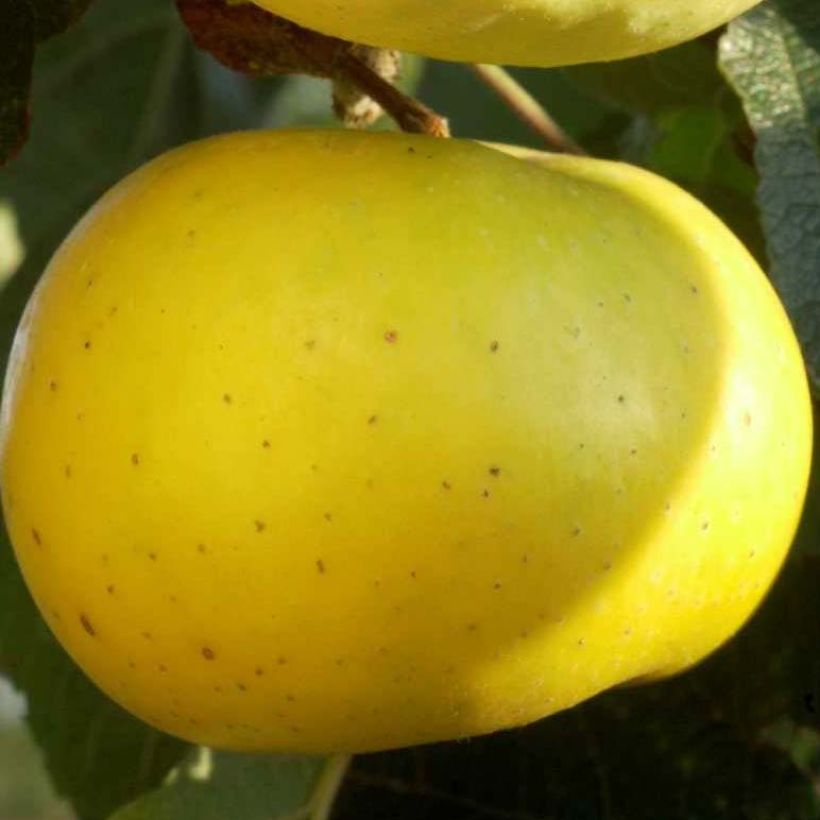

Plant habit
Fruit
Flowering
Foliage
Botanical data
Malus
domestica
Transparente de Croncels
Rosaceae
Apple, Orchard apple, Table apple, Cultivated apple
Cultivar or hybrid
Other Apple trees
Planting and care
Choose a sunlit spot for your Transparente de Croncels Apple Tree, the soil can be slightly chalky or acidic but not excessively so. Dig a wide planting hole at least 3 times the size of the root ball.Add organic matter (potting soil, compost...) and a base fertiliser like bonemeal. Do not bury the graft collar. Stake if necessary. Water abundantly, even in winter, even if it rains. Fruit trees are best planted between October and March, outside of freezing periods. Container-grown plants can be planted year-round except during periods of extreme heat or frost.
You can add a small handful of wood ash, rich in potash, during winter to improve fruiting. Watch out for potential aphid attacks during the season. A white powdery coating caused by a fungus, powdery mildew, may appear on the leaves in summer, but it does not harm fruit development in gardens. Harvest takes place in September. Only keep picked fruits for storage. Apples should be stored with the stem facing downwards, on racks or in crates. Choose a completely dark, dry, cool and frost-free location.
Planting period
Intended location
Care
Ancient and local varieties
Haven't found what you were looking for?
Hardiness is the lowest winter temperature a plant can endure without suffering serious damage or even dying. However, hardiness is affected by location (a sheltered area, such as a patio), protection (winter cover) and soil type (hardiness is improved by well-drained soil).

Photo Sharing Terms & Conditions
In order to encourage gardeners to interact and share their experiences, Promesse de fleurs offers various media enabling content to be uploaded onto its Site - in particular via the ‘Photo sharing’ module.
The User agrees to refrain from:
- Posting any content that is illegal, prejudicial, insulting, racist, inciteful to hatred, revisionist, contrary to public decency, that infringes on privacy or on the privacy rights of third parties, in particular the publicity rights of persons and goods, intellectual property rights, or the right to privacy.
- Submitting content on behalf of a third party;
- Impersonate the identity of a third party and/or publish any personal information about a third party;
In general, the User undertakes to refrain from any unethical behaviour.
All Content (in particular text, comments, files, images, photos, videos, creative works, etc.), which may be subject to property or intellectual property rights, image or other private rights, shall remain the property of the User, subject to the limited rights granted by the terms of the licence granted by Promesse de fleurs as stated below. Users are at liberty to publish or not to publish such Content on the Site, notably via the ‘Photo Sharing’ facility, and accept that this Content shall be made public and freely accessible, notably on the Internet.
Users further acknowledge, undertake to have ,and guarantee that they hold all necessary rights and permissions to publish such material on the Site, in particular with regard to the legislation in force pertaining to any privacy, property, intellectual property, image, or contractual rights, or rights of any other nature. By publishing such Content on the Site, Users acknowledge accepting full liability as publishers of the Content within the meaning of the law, and grant Promesse de fleurs, free of charge, an inclusive, worldwide licence for the said Content for the entire duration of its publication, including all reproduction, representation, up/downloading, displaying, performing, transmission, and storage rights.
Users also grant permission for their name to be linked to the Content and accept that this link may not always be made available.
By engaging in posting material, Users consent to their Content becoming automatically accessible on the Internet, in particular on other sites and/or blogs and/or web pages of the Promesse de fleurs site, including in particular social pages and the Promesse de fleurs catalogue.
Users may secure the removal of entrusted content free of charge by issuing a simple request via our contact form.

































